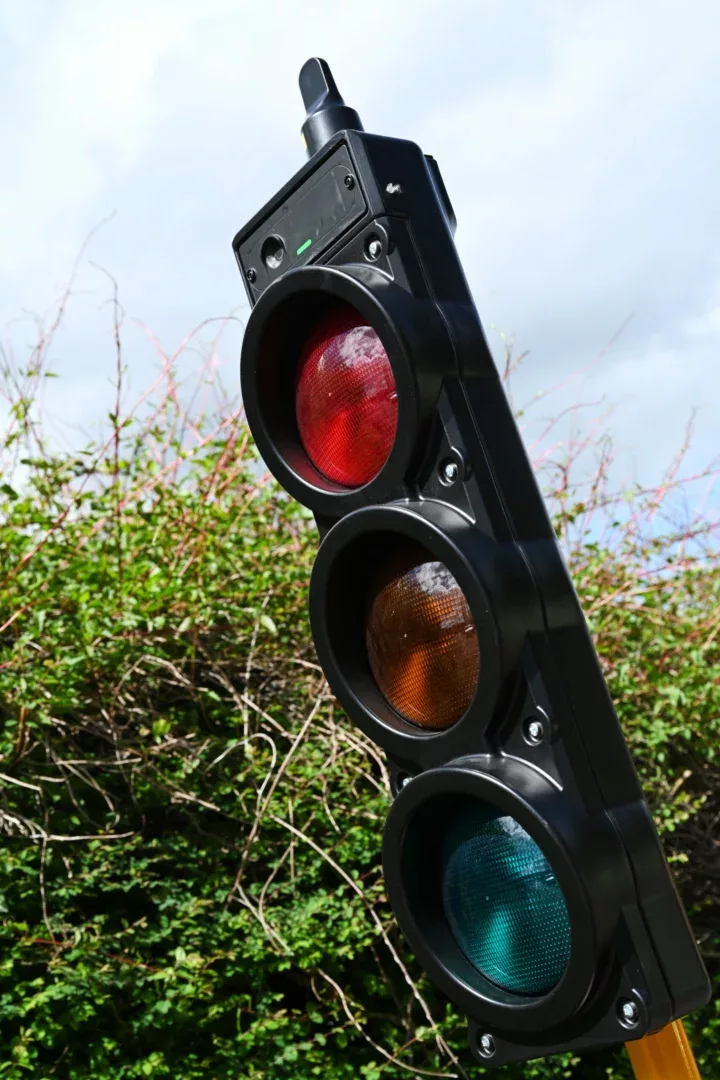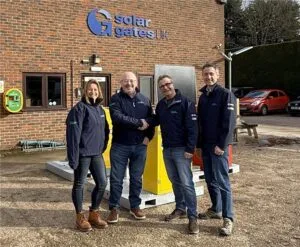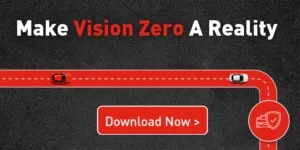With a defined framework for new product development that spans both product management and engineering, along with a focus on problem solving for customers, Traffic Group Signals has designed, built, tested and brought to market a trailblazing advancement in temporary traffic signal radio technology.
Leaders in world-class traffic management solutions, the innovative ACM Clarity Antenna is the very first purpose-built antenna for portable traffic signals which is featured on Traffic Group Signal’s latest Evo1 system.
The new antenna provides a wealth of technology evolutions, including high gain and low loss, near perfect broadcast pattern and it affords more than 90% efficiency while staying within the Ofcom regulations.
Discussing the complex process behind evolving the new ACM, Pete Hutchinson, managing director at The Traffic Group, comments: “When developing the new Evo1 portable traffic signal, we had a long list of requirements to improve the features and benefits to make it the very best solution out there. Antenna reliability for the radio was probably the most poignant, yet difficult one to solve. We strived for unrivalled communications reliability in a radio congested urban environment, and as such, needed to engineer a revolutionary new design.
“Commercial off-the-shelf antennas had always been used on previous products as they were readily available for the Ultra High Frequency (UHF) band that is commonly required. However, they suffer from several problems as portable signals are used rigorously during their lifespan.”
Common and recurring issues, include:
- If a design used a full quarter-wave antenna, it would be just over a foot tall (approx. 33cm) which could be easily damaged
- Shorter, unoptimised (no ground plane) quarter-wave antennas are generally used (approx. 16cm) however, these inherently have poor radio reception
- Antennas can have micro-breaks in the internal structure over time, caused by vibration when being transported on high-speed roads by TM vehicles or trailers. This degradation is not readily noticed when signals are close together but can seriously compromise radio performance when signal separation begins to exceed 30m
- As all systems look very similar, maintenance of the products by replacing faulty or suspect antenna can easily end in a wrong antenna being fitted
Traffic Group Signal’s sister company AGD Systems was onboarded to help, with two new concept antenna designs considered and modelled. Both incorporated the full performance of a half-wave antenna but in the design space of a quarter-wave and additionally, the designs were encapsulated in a tough polycarbonate enclosure.
The more aerodynamic was prototyped and sent to an independent lab to be measured and characterised. The results were exactly as modelled with a near perfect donut shaped horizontal radiation pattern and 90% efficiency factor.
Pete continues: “With the antenna concept proven, work began on a new signal head. This is a departure from all previous design types as it was produced to specifically accommodate a custom antenna. Furthermore, the new combined signal and antenna were then modelled for aerodynamic efficiency and specially adapted to reduce drag at the design phase.
“The final design was then formally qualified in a wind tunnel, withstanding wind speed of over 65 mph in all axes. This has several benefits as it reduces the drag of the vehicle transporting the signals, saves fuel and makes the signal best-in-class for storm stability in ever-increasing extreme weather conditions.
“Testing of the final production system showed a 16.8% increase in radio packet completion rate when compared with previous systems. This is a significant improvement when added to the radio channel hopping system (ACM) used on the new Evo 1, as the radio system now gives a huge boost to the radio communications reliability when used in challenging urban environments.
“The first products are now out with customers and the feedback is overwhelmingly positive, the new radio system is near faultless in known problematic sites. The benefits to customers and the public of this huge boost in reliability from radio innovation means that we may see the end to old style whip antennas on portable signals in the future.”




























